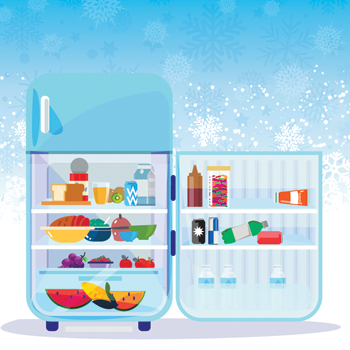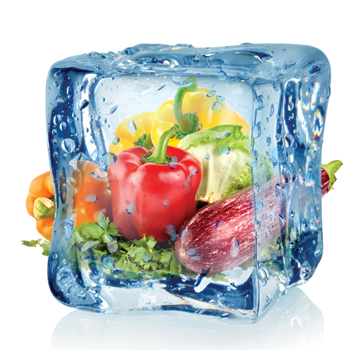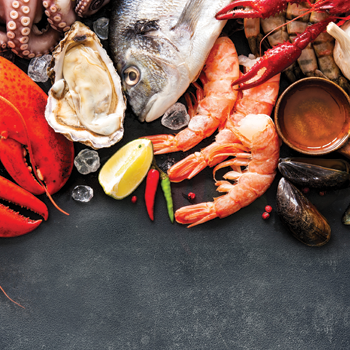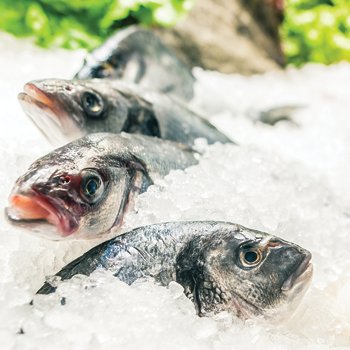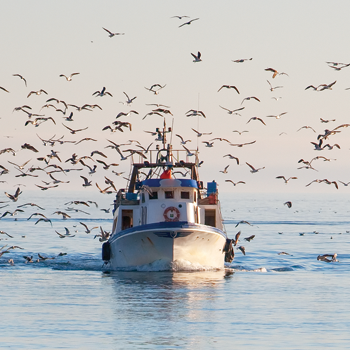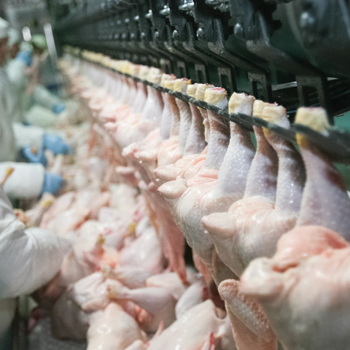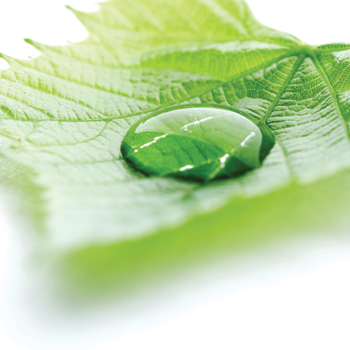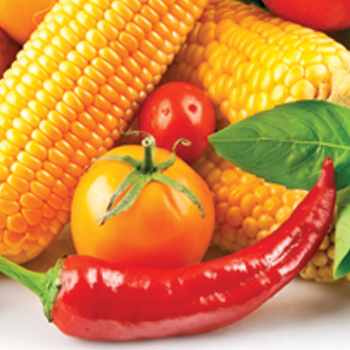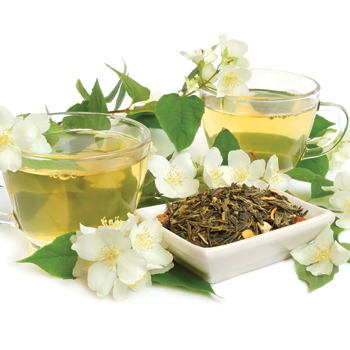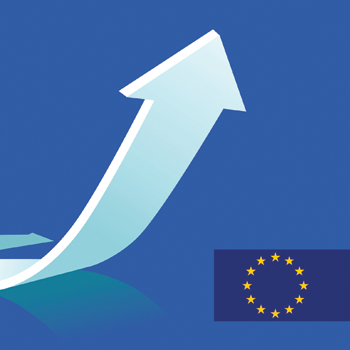
การส่งออกไทยไป EU ปี 2560 ได้แรงหนุนจากสินค้าอุตสาหกรรมเกษตร
โดย/By: ศูนย์วิจัยกสิกรไทย
Kasikorn Research Center
www.kasikornresearch.com
Full article TH-EN
เหตุการณ์ทางการเมืองของฝรั่งเศสได้คลี่คลายแรงกดดันต่อเศรษฐกิจสหภาพยุโรป หรือ EU ไปบางส่วน ก่อนที่จะเข้าสู่การเลือกตั้งนายกรัฐมนตรีในเยอรมนีในช่วงไตรมาสสุดท้ายของปี ซึ่งก็ไม่น่าจะเกิดการเปลี่ยนแปลงไปจากที่เป็นอยู่ขณะนี้ เพราะนโยบายของผู้นำคนปัจจุบันยังครองใจประชาชนได้และมีความเป็นไปได้ที่จะสามารถรั้งตำแหน่งนายกรัฐมนตรีเยอรมนีไว้ได้อีกสมัยหนึ่ง ซึ่งเสถียรภาพทางการเมืองที่เริ่มปรากฏชัดทั้งฝรั่งเศสและเยอรมนีที่เป็นแกนนำเศรษฐกิจของ EU จะเป็นกำลังสำคัญในการรักษาความเป็นปึกแผ่นของกลุ่ม EU ไว้ได้ต่อไปแม้ว่าก่อนหน้านี้นายกรัฐมนตรีอังกฤษประกาศยุบสภาอย่างกะทันหัน และประกาศจัดการเลือกตั้งทั่วไปขึ้นในวันที่ 8 มิถุนายน 2560 ซึ่งรัฐบาลใหม่ที่จะเข้ามารับช่วงต่อก็ยังต้องเดินหน้าพาอังกฤษถอนตัวออกจาก EU ตามแนวทาง Hard BREXIT ที่กำลังจะเกิดขึ้นอยู่ดี อีกทั้ง ตลาดก็ได้ซึมซับผลกระทบจากสถานการณ์นี้ไปบางส่วนแล้ว จึงไม่น่าส่งผลลบต่อเศรษฐกิจ EU ในช่วงที่เหลือของปีมากนัก
อย่างไรก็ดี ยังต้องติดตามพัฒนาการระบบการเมืองในอิตาลีและสเปนที่ก็มีประเด็นการแยกตัวออกจาก EU คุกรุ่นอยู่ และยังคงถูกกดดันจากความไม่แน่นอนทางการเมืองในช่วงที่เหลือของปี แม้ว่าข้อผูกมัดของการใช้สกุลเงินยูโรร่วมกัน มีผลทำให้การแยกตัวจากกันระหว่าง EU กับสเปนหรืออิตาลีมีความซับซ้อนและต้องพิจารณาอย่างถี่ถ้วน แต่หากเกิดการขอถอนตัวออกจาก EU ผลที่ตามมาจะกระทบลงลึกสู่โครงสร้างเศรษฐกิจในภาพรวมมากกว่าการแยกตัวของอังกฤษที่เป็นเพียงการตัดสัมพันธ์ทางเศรษฐกิจในภาพกว้างเท่านั้น
เมื่อต่อภาพกลับมาที่ไทย แน่นอนว่าการเปลี่ยนผ่านทางการเมืองหลายประเทศในยุโรปในแต่ละช่วงเวลาสร้างความอ่อนไหวต่อตลาดเงินตลาดทุน ทำให้ค่าเงินยูโรผันผวนระยะสั้น โดยหากมองเฉพาะความสัมพันธ์ระหว่างไทยกับฝรั่งเศสประเทศเดียว ฝรั่งเศสเป็นคู่ค้าอันดับที่ 26 ของไทย ซึ่งการส่งออกของไทยไปฝรั่งเศสมีสัดส่วนค่อนข้างน้อยเพียงร้อยละ 0.7 ของการส่งออกของไทยไปตลาดโลก ดังนั้น การเปลี่ยนแปลงทางเศรษฐกิจและการเมืองของฝรั่งเศสจึงไม่มีผลต่อการค้าของไทยอย่างมีนัยสำคัญ ในกรณีที่ผลการเลือกตั้งของฝรั่งเศสเป็นไปตามที่ตลาดคาดหมายก็จะเอื้อประโยชน์ต่อเศรษฐกิจฝรั่งเศสในภาพรวม อันจะช่วยขับเคลื่อนสินค้าไทยที่พึ่งพาตลาดฝรั่งเศสปรับตัวดีขึ้นจากที่ไตรมาส 1/2560 การส่งออกของไทยไปฝรั่งเศสยังคงหดตัวร้อยละ 6.5 (YoY) โดยสินค้าที่น่าจะได้ประโยชน์ อาทิ เครื่องปรับอากาศ เลนซ์ ยางพาราและผลิตภัณฑ์ยาง เครื่องคอมพิวเตอร์ อัญมณีและเครื่องประดับ เป็นต้น แม้ว่าการส่งออกของไทยไปฝรั่งเศสจะไม่มากนัก แต่ฝรั่งเศสนับว่ามีเป็นแหล่งนำเข้าสำคัญของสินค้ากลุ่มเครื่องจักรกล สบู่/ผงซักฟอก ผลิตภัณฑ์เวชกรรมและเภสัชภัณฑ์ และเคมีภัณฑ์ เป็นต้น ซึ่งในปัจจุบันไทยขาดดุลการค้ากับฝรั่งเศสคิดเป็นมูลค่า 1,254 ล้านเหรียญสหรัฐ ในปี 2559
The current political situation in France is helping ease pressure on the EU economy somewhat prior to the German federal election slated for 4Q17, where the results should not be much of a surprise, either, because the current German leader will likely be re-elected for one more term, as her policies are still supported by voters. Growing political stability in France and Germany, economic powerhouses in the EU, is imperative towards maintaining solidarity within the EU going forward, despite the British Prime Minister’s recent decision to dissolve parliament and call for a snap election on June 8, 2017, given that the new government, as expected, will likely go ahead with a hard BREXIT to take the UK out of the EU. In addition, the market has already absorbed the news somewhat, so this should not adversely affect the EU economy much during the remainder of 2017.
Nevertheless, close attention must be paid to political developments in Italy and Spain because EU exit sentiment remains prevalent in those two countries. It is expected that they will continue to face political uncertainty during the rest of 2017, despite the fact that their agreements on the common currency would make it more difficult for them to leave the EU. However, if they were to decide to exit the EU, this would have a profound effect on the overall EU economic structure as compared to that of BREXIT, which is intended to only cut broad economic ties with the EU.
Looking into Thailand-France trade relations, France is Thailand’s 26th largest trade partner, because our export share to France accounts for only 0.7 percent of the total outward trade. Therefore, any economic and political change there should not significantly affect our overall international trade. If the presidential election results are as expected by the market, that should help improve the overall French economy, thus helping boost our future shipments there, as compared to the contraction of 6.5 percent YoY reported for 1Q17. Thai export categories that should perform well include air conditioners, lenses, rubber and rubber products, computers, plus gems and jewelry. Although our shipment volume to France is relatively small, it is a major import source of key Thai products, e.g., machinery, soaps/powdered detergent, medical/pharmaceutical products and chemicals. In 2016, Thailand sustained a trade deficit of USD 1.25 billion with France.
